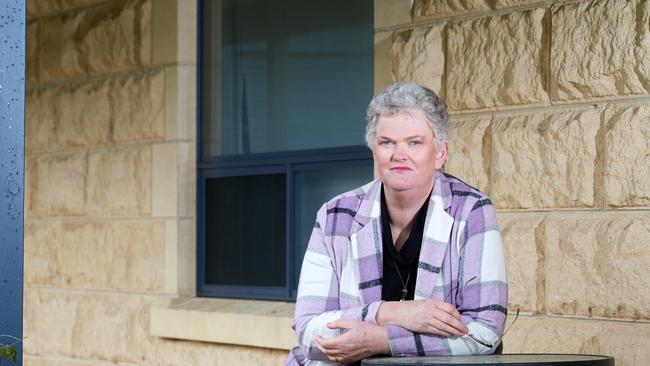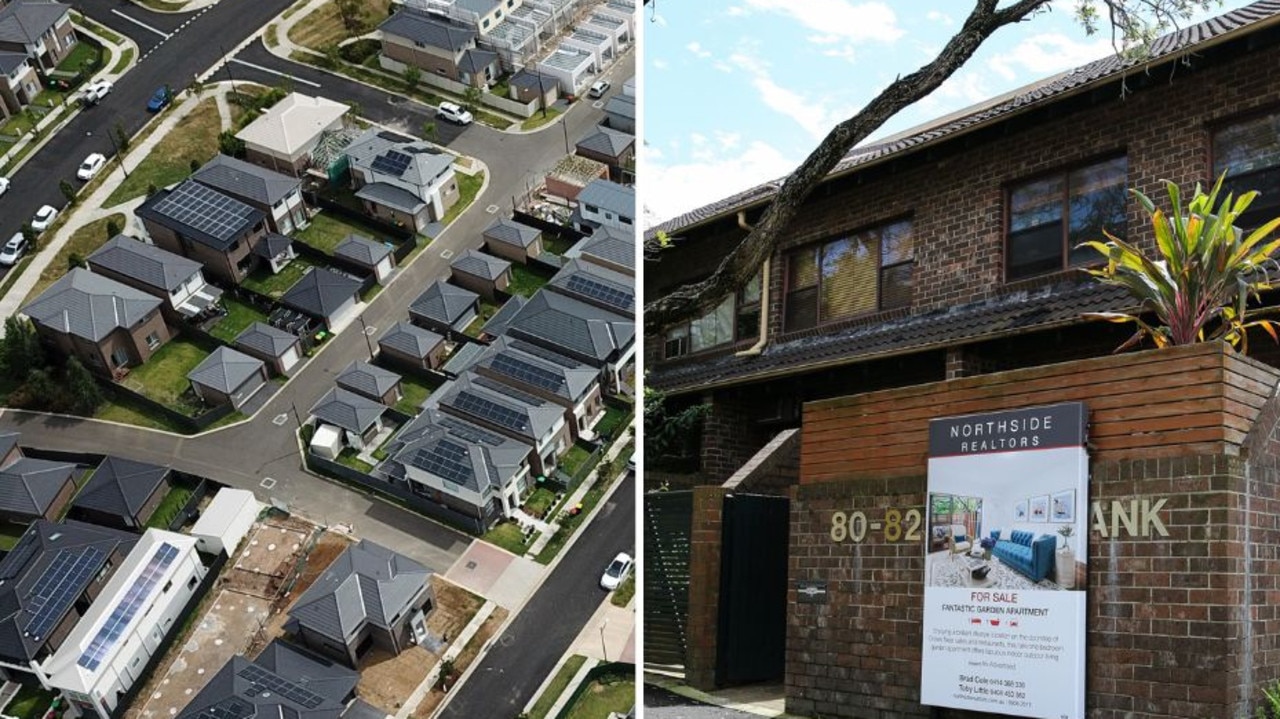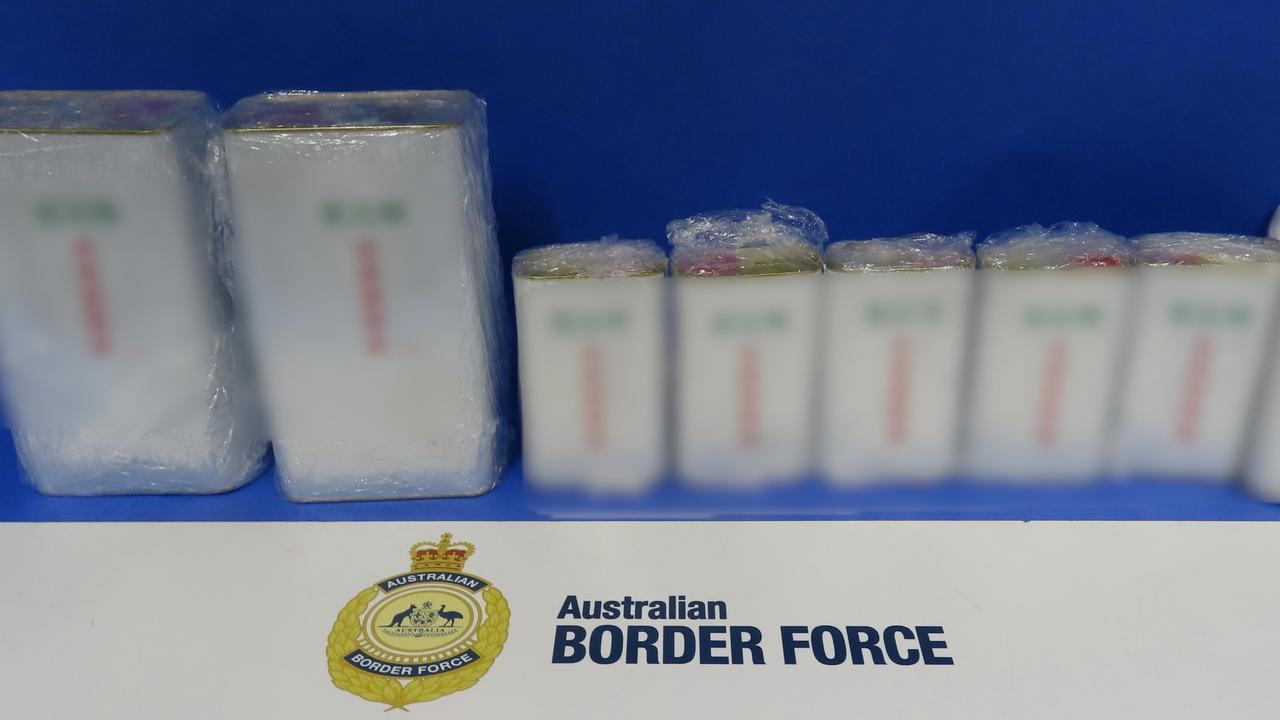‘I wouldn’t be alive’ Mt Schank woman Fiona Wooldridge calls for change after $57,000 cancer treatment bill
A Mt Schank woman wants changes to cancer drug access after spending $57,000 on treatment to save her own life.
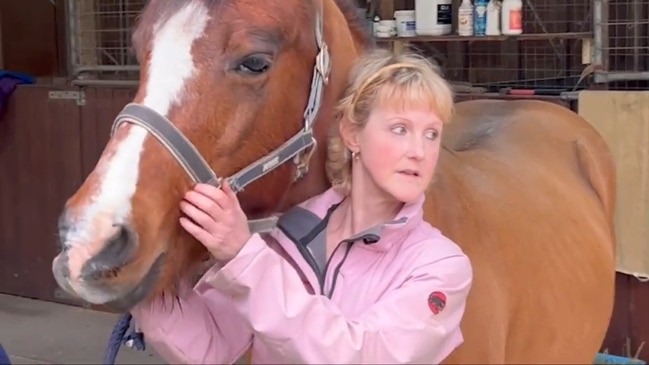
SA News
Don't miss out on the headlines from SA News. Followed categories will be added to My News.
When Fiona Wooldridge suffered a haemorrhage in August of 2022 she thought it was fibroids.
About two weeks later she was diagnosed with stage four uterine cancer, which spread to other parts of her body.
She was forced to travel from her home in Mt Schank to Adelaide, where she was told that the best treatment option for her kind of cancer included a drug called Pembrolizumab.
The drug is a type of immunotherapy used to treat a number of cancers but it’s not on the PBS for Mrs Wooldridge's kind of cancer.
Pembrolizumab played a vital part in Ms Wooldridge’s cancer battle. But it also cost her more than $57,000 for 10.5 treatments. The cost is even higher for public patients.
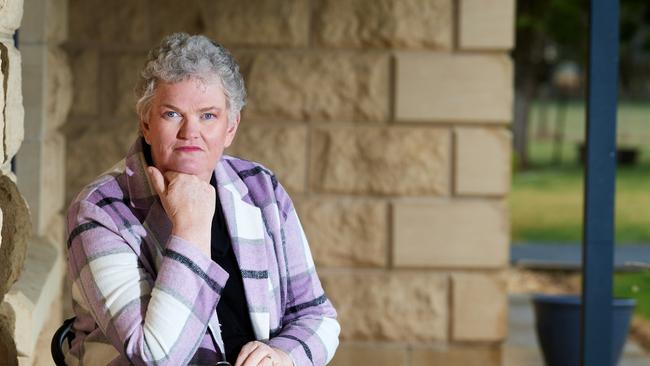
Ms Wooldridge, now 60, was able to pay for the first seven rounds with the money left to her and her husband by his late mother. She then had to borrow money from her sister to afford the rest.
“We were getting really skint towards the end,” she said.
After just two rounds, her tumour shrunk by 70 per cent and nearly all her secondary cancers had gone.
This also allowed her to have a full hysterectomy and the main tumour of the uterus removed.
Today, only a small piece of cancer on her lower pelvis and an enlarged lymph node remain.
Ms Wooldridge still needs to undergo scans every 12 weeks as well as maintenance therapy but she says she would not be where she is without the Pembrolizumab.
“I wouldn’t be alive if I hadn’t had it,” she said
She says the drug should not just be available to those with finances but to anyone who needs it.
“It’s not whether you’re publicly or privately insured, it’s whether you’ve got money,” she said.
“It should not be a class system.”
It comes as a new study reveals Australia’s medicine subsidy scheme is so crippled that a staggering 10,000 patients a year are being forced to fund their own lifesaving cancer treatment.
More Coverage
